Opening day walleye fishing is one of the most highly anticipated times on the calendar for many Ontario anglers. It’s more than just an excuse to go fishing; it’s a long-standing tradition, where fishing buddies, parents, kids, and grandparents get together and generate lasting memories. Just getting out together is one of the benefits of that traditional spring walleye outing, but it sure helps if you catch enough of these tasty fish for a family cook-up. Here’s how to make the most of your time on the water.
A great start
A successful first day starts with plenty of preparation. Translation: do your homework ahead of time. On a chart of your chosen fishing lake or river, highlight key areas to look for opening day walleye. Go over their behaviour, where they should be at this time of year, and cover off potential hot spots.
Relative to other times of the year, when walleye can be scattered all over a lake, they won’t be far from spawning areas used prior to the opener. They will be moving slowly back to summer habitats.
Suitable spawning areas tend to be limited, so they’re great starting points to work from until you find walleye. They concentrate around inflowing rivers that host just the right combination of current and coarse rock/rubble substrate they need to spawn over. Spawning also takes place on windswept rocky shorelines, shoals, and in neck-down areas. In virtually all cases, though, current is a key ingredient.
By the time opening day rolls around, expect any walleye remaining in rivers to be holding in deeper pools or scattered over deep flats immediately downstream of spawning areas. In lakes, emerging vegetation and rocky points out from spawning areas concentrate walleye as they move slowly to summer habitats, feeding along the way.
Figure out how walleye disperse from spawning areas in your favourite lakes and you shouldn’t have much trouble finding them from one opener to the next. Keep in mind, though, that spring weather affects the time when walleye spawn – and where you will find them on the opener. Unseasonably cold or warm weather can delay or move the spawn ahead by a week or so. This means walleye might be still on or near spawning areas or farther away. Search for them accordingly, and adjust your location if necessary.
Strategic planning
Next, identify the best tactics to use for walleye: live-bait rigs, jigs, crankbaits, spinnerbaits, or floating/diving crankbaits. The approach many anglers apply to catching walleye is often governed as much by nostalgia as by strategy.
Jigs adorned with soft plastic or bucktail bodies, and tipped with live bait continue to be early-season favourites. This presentation is highly productive when you find a group of walleye in a relatively confined area. But, one-dimensional thinking almost always results in overlooked opportunities.
Trolling or controlled drifting with crankbaits or live-bait spinner rigs are versatile options to locate fish. Use presentations that work well together, though. A trolling speed that might be great for a spinner and bait rig (usually slow) is seldom suitable for crankbaits (usually faster).
Be sure to work as a group. The person operating the motor might subconsciously tailor boat speed to their lure choice, without being aware that others using different presentations are essentially just biding time. A well co-ordinated trolling run makes use of all the rods and lures in the boat to explore various depths and lure colours and options to find walleye and determine the best overall presentation. Then, everyone can switch to the hot tactic.
Casting, of course, is also a viable option. Walleye often move into extremely shallow water in spring, especially along emerging weedlines and on points, shoals, and shorelines strewn with boulders. Floating, diving crankbaits are magical under these situations. Cast them to potential hot spots and retrieve them just fast enough to tick along the tops of rocks or emerging vegetation.
Light and weather factors
Biological urges draw walleye to concentrate near spawning areas in spring, but daily weather, barometric pressure, and light patterns affect fish activity. Active walleye tend to move more, which allows anglers to move less. Sooner or later, fish are likely to move past you, if you’re in one of the key areas above.
Low light levels and waves reduce light penetration into the water, often causing walleye to move shallower. After all, walleye have evolved to be effective predators in dim light. Whenever you see a dramatic change in the weather, expect walleye behaviour to change, as well. Although it can be a key, the moon’s influence is rarely as important as weather and light conditions on walleye activity. On days when weather and light stay more or less the same, though, be on the lookout for increased walleye action during peak lunar periods. If you find walleye, but can’t get many of them to bite, try coming back to the area during a peak lunar period.
The finer points
Refinement of the basics can also help you catch more walleye on opening day. For example, many anglers buy into the idea that losing fish is all part of the game. If you’re not looking for ways to improve your landing rate of walleye, this will become a self-fulfilling prophecy. Regard every missed or lost fish as a reason to make adjustments. For example, if you’re missing hits or walleye are striking short on live-bait rigs, check you’re hook points and sharpen them or add a stinger hook.
The drag setting on your reel, the amount of stretch in your line, and the length and action of your rod can also have a profound effect on your hooking and landing percentage. If you find the hook popping out of walleye at the side of the boat or in the net, you’re not getting a good hook-set. If you’re missing strikes on live-bait rigs, there might not be enough give in your line or rod to allow walleye to fully take the bait into their mouths. When using live bait, count to five before setting the hook.
There’s no such thing as a perfect opening day walleye outfit, but optimize hook, line, and rod action for specific presentations. Softer rods and stretchier lines are often best for live-bait fishing — often so crucial to catching walleye in cold spring waters – while stiffer rods and low-stretch lines for jig fishing can help you quickly set hooks before walleye reject your offering.
It’s a walleye wrap
The opener is one bite no self-respecting walleye angler wants to miss. The fishing can be phenomenal when you find a large group of walleye dispersing from spawning areas. It can also be a lesson in frustration if they’re not on your traditional hot spots or hitting your favourite presentations. Continue to look for ways to refine your game plan.


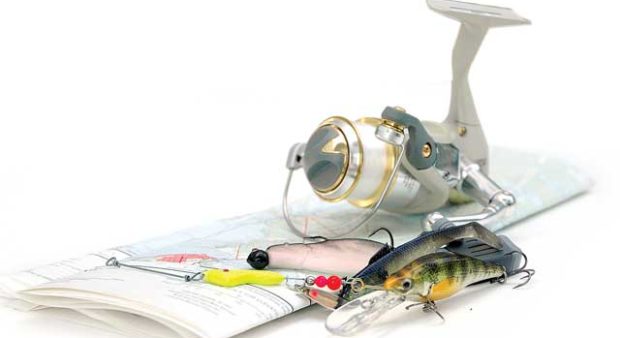
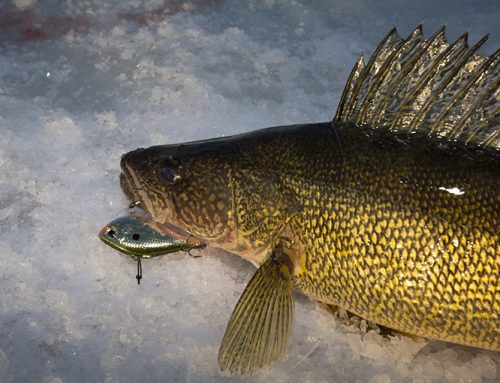
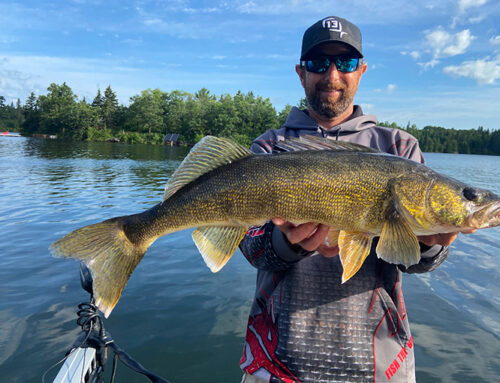
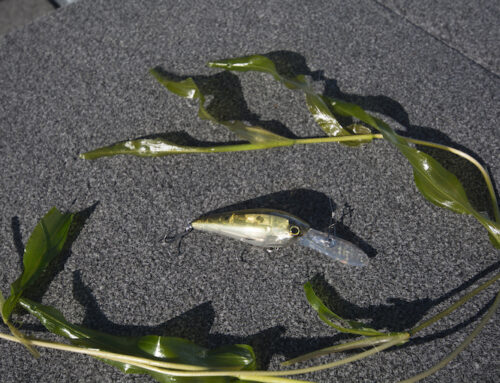
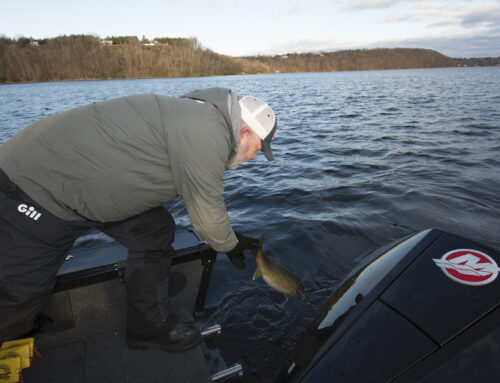
Leave A Comment